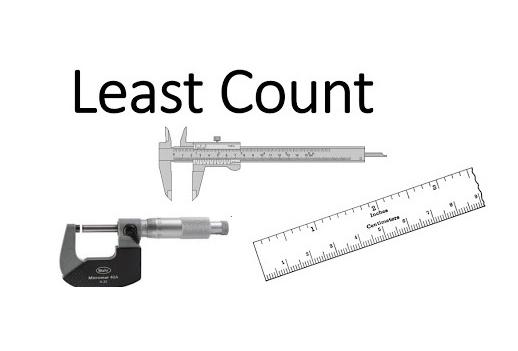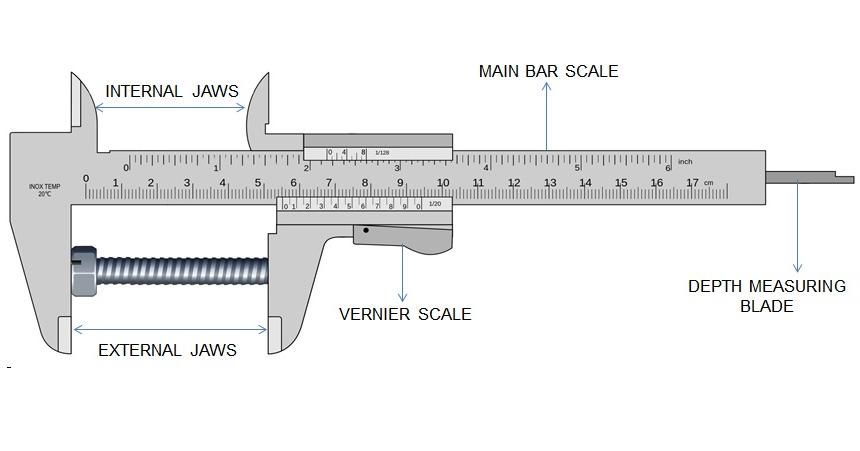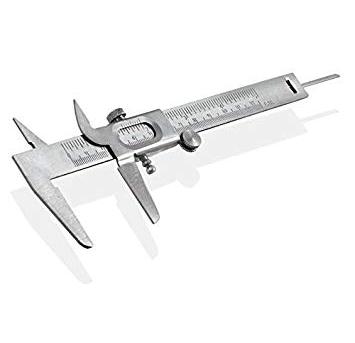Updated By: LatestGKGS Desk
Least Count of measurements for precision of an instrument methods

Least Count of an instrument measurements precision implications, methods
In metrology, the least count of a measuring instrument is the smallest change in the measured quantity that can be resolved on the instrument's scale.
The least count is related to the precision of an instrument; an instrument that can measure smaller changes in a value relative to another instrument has a smaller "least count" value and so is more precise.
Any measurement made by the instrument can be considered repeatable to no less than the resolution of the least count. The least count of an instrument is inversely proportional to the precision of the instrument.
For example, a sundial may only have scale marks representing the hours of daylight; it would have a least count of one hour. A stopwatch used to time a race might resolve down to a hundredth of a second, its least count.
Least count of an instrument is one of the very important tools in order to get accurate readings of instruments.
The smallest value that can be measured by the measuring instrument is called its least count. Measured values are good only up to this value. The least count error is the error associated with the resolution of the instrument.

